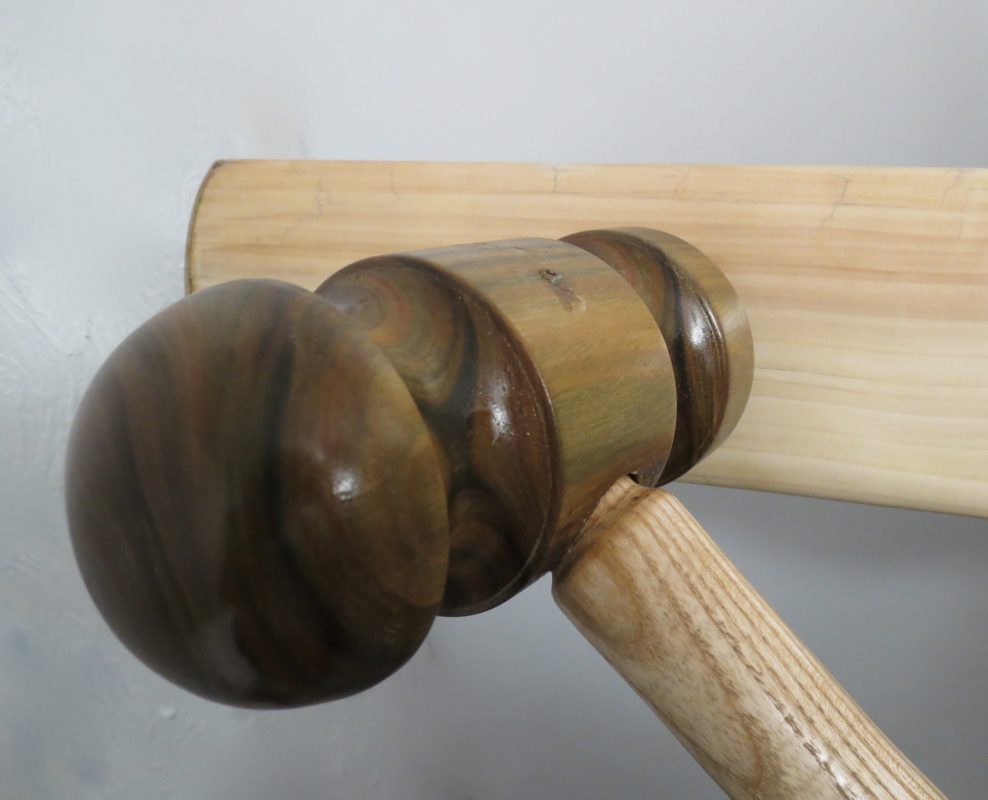Cricket, Tips & Advice
Preparing your new cricket bat!
KNOCKING IN AND MAINTENANCE
To gain the most from your new cricket bat it is essential that it is prepared (knocked in) and maintained in the correct manner. Following these procedures will significantly reduce the possibility of damage occurring.
Knocking In
Even if you have purchased a “pre-knocked-in” bat, further knocking in is always required. This is the process by which the fibres of the willow in the face and edges are compressed together to form a barrier which protects the bat against the impact of the ball. Effective knocking in will significantly improve the performance of the bat and increase the lifespan of the bat.
Stage 1
The knocking in process should be undertaken carefully, ideally using a special bat mallet. The bat should be repeatedly struck (with gradually increasing force) in all areas where one would normally expect to hit the ball. The edges and toe of the blade require particular care, and attention should be made not to hit the edges, toe or back of the bat directly- these should be knocked in with glancing blows. The knocking in should be performed with gradually increasing force, but never too hard to cause damage.
This stage should take a minimum of 3 hours, although it may vary as every bat is different.
Stage 2
The next step is to graduate to the use of the bat to hit short catches with an old quality cricket ball. However if the seam marks the blade; it is necessary to return to Stage 1 for further conditioning. Continue to “play the bat in” with old cricket balls in controlled conditions initially and avoid bowling machine balls until the bat is fully match ready. Once these steps have been taken, the bat should be ready for use in matches. It is advisable to initially avoid use against the “new ball”.
Maintenance
Oiling
All natural faced bats must be treated using raw linseed or a specialist cricket bat oil. The main purpose of oiling is to maintain moisture levels within the blade and hence reduce the chances of cracking and splitting. Light coats should be applied to the face, edge, toe and back of the blade – taking care to avoid the logos and splice area. Generally 2 or 3 coats should be sufficient. Each coat should be allowed to dry into the blade in a horizontal position before the next is applied.
DO NOT OVER OIL
DO NOT STAND THE BAT IN OIL
BATS WITH PROTECTIVE COATINGS SHOULD NOT HAVE OIL APPLIED
Protection
Fibre tape can be applied to the edges of the bat and an anti-scuff sheet can be fitted over the face if required. We strongly recommend this.
Many bats have a fitted toe guard or protective resin applied to the toe.
Store your bat in a moderate, even temperature.
Try to avoid wet conditions.
IDEALLY A BAT SHOULD NOT BE USED IN MATCH CONDITIONS UNTIL FULLY PREPARED
ENJOY YOUR NEW BAT!


